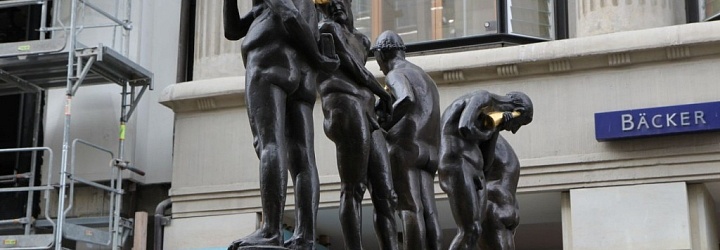In Leipzig’s west-end neighbourhood of Lindenau lies the Baumwollspinnerei, once the largest cotton spinning mill on the continent. Established in 1884, the Baumwollspinnerei remained in production through a variety of political systems – the monarchy, the Weimar Republic, National Socialism and the German Democratic Republic – before reinventing itself in the 1990s as a cultural complex that now houses galleries, studios, leisure and commercial space. While its international status may have faded since the departure of prominent New York and London galleries, the Baumwollspinnerei has been widely fêted as a successful example of adaptive reuse.
The repurposing of 19th-century industrial buildings is nothing new, and is an urban renewal strategy combining conservation and commercial interest that has been widely adopted internationally. But while each project may reflect larger forces that are reshaping urban landscapes around the globe – e.g. gentrification, de-industrialization, and consumer preferences in the experience economy – each project exists in local historical contexts that demand attention and analysis. The Baumwollspinnerei thus offers a case study for thinking about the significance of 21st-century nostalgia for abandoned industrial spaces more generally, but it also allows for a consideration of how this nostalgia may function differently in the specific context of post-socialist Eastern Germany.
There is a rapidly growing body of scholarship in urban studies that is critical of these types of projects. They point out the ways such projects evoke nostalgia for the past, while employing the techniques of Disneyesque theme parks to obliterate the history of particular sites. The Baumwollspinnerei can certainly be regarded in these terms. It is a commercial venture ….

